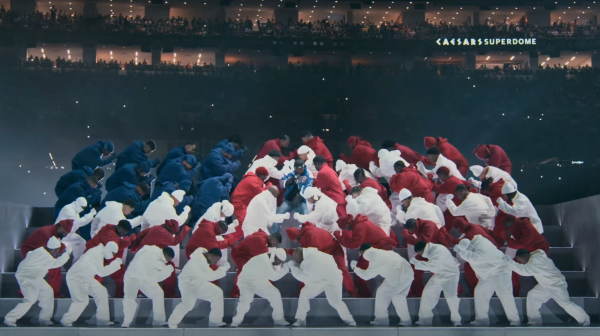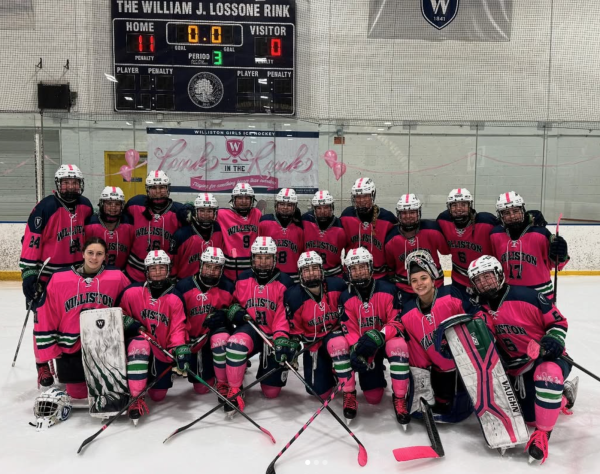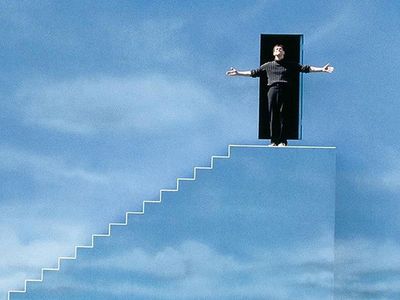Has Your Workload Changed Since Going Remote?

With the shift to remote classes, students have mixed feelings about the load of homework and assignments being assigned online.
Because of the modified schedule with shorter school days and classes meeting fewer times during the week, some students feel as though they are being assigned more work while others believe the work load stayed the same.
Typically there are five periods during the normal school day, with one or two free periods. Students usually get assigned 30 minutes to an hour of homework for each class. This averages to about two or three hours of homework each night. But with the new class schedule there are three periods each day with the school day ending at 12pm.
Williston decided to go remote for the time in-between Thanksgiving and winter break to prevent the spread of Covid-19. The school is now familiar with Zoom classes and online learning from last spring.
Julia Borden, a junior from Amherst, Mass., who has been going to Williston since seventh grade, has found the work load manageable.
“Although my teachers are assigning more work, overall the amount of time I spend on homework is about the same from when I was in-person because they’re giving assignments less frequently and I feel as though I have more time to complete the assignments,” she said. “Considering the new class schedule, it is manageable for me to complete the homework I am being given.”
Kana Kitano, a junior from Tokyo, has been finding it difficult to adapt with online learning because of the time difference giving her more work to complete.
“Sometimes its definitely stressful for me to attend classes at such late hours,” Kana said. “My second class starts at midnight and its difficult for me to concentrate and be present in the class but I don’t like missing classes because I usually have more work then.”
“If I miss class I need to watch the Zoom recording and finish up the class work which involves more work as well as completing homework due for that class,” she added. “Williston also modified the schedule so that everyone can attend the classes which I feel puts more pressure on me to attend the classes at these late hours.”
Although Kana finds she is receiving more assignments, she specifically mentioned how some of her teachers were more thorough with their instructions on Veracross and during Zoom sessions. This helps students since accessing the teacher for help is harder with online classes.
“Most of my teachers were more specific with the assignment details on Veracross and describing them in class which caused less confusion doing the assignment,” she said. “I also found it easier with these detailed instructions since I didn’t have to reach out to the teacher as much.”
Kana takes English 11, AP Calculus AB, honors Biology, AP Chemistry, and honors Spanish 2.
Kana also mentioned that her teachers are making the extra help sessions optional and having them be mandatory would make it very difficult for international students to attend them.
“My teachers are not making the help sessions mandatory, but even if they were it would be too difficult for me to attend them. Since I’m 14 hours ahead of Easthampton, I go to bed late and I can’t wake up early to attend these extra help blocks,” she said. “It’s also just been more difficult for me to contact teachers, because I email them when it’s daytime for me and they reply when I’m sleeping. It’s just harder to set up a time to meet with them.”
Aashish Suresh, a third year junior at Williston from Saudi Arabia, finds that he is receiving similar amount of work from before break.
“I feel as though I’m getting assigned the same amount of work from before work but maybe for some of classes I’m getting assgined a little bit more,” Aashish said. “But since the schedule has a lot of free time, I think its allowing me to finish my work with time to spare.”
Aashish takes Precalculus, AP Economics, English, Biology, Honors Chamber Singers, and US History.
Nat Simpson, a Spanish teacher at Williston, finds he is assigning less work to his students by restricting the time spent on homework as well as asking his students how long they spend on it.
“I’m assigning less homework and I think that the word is ‘trying’ to, because the concept of a limited amount of homework is really difficult because we really never know 100% of how long homework takes someone,” he said. “At the top of each homework I’ve asked students now to indicate how long the homework has taken them … I asked my students to stop at 30 minutes and some do, and some will just work even if it’s an hour long.”
Simpson said rather than focusing on tests and quizzes, he’s working on projects designed individually for students.
“I try to do assessments that are much more individually designed,” he said.
Science teacher Liz Kay explained the effectiveness of a flipped classroom and how she finds the students benefitting that way.
“My intention is to assign a little bit more homework but not a crazy amount more because sometimes I make predictions on how long an assignment might take and it could be off in either direction,” Kay said. “In-person I usually do Power Points, but online I’ve been doing Power Point recordings for the students to watch and take notes on.”
“Ive tried to flip the classroom in the sense that you guys actually do interact in class because you can’t really outside of class,” she continued. “The other part of trying to run class similar to the way in-person is that its really difficult. Let’s say I have 12 or 14 kids in a Zoom room — nobody’s going to talk in a group discussion … so I don’t really have a true gauge on whether that’s effective or not. So what I try to do is to try to get some of those discussions happening in the breakout rooms because that’s the only time that I’m going to get actual feedback on questions versus in a bigger group.”
Kay also specifically pointed out how online classes has led her to spend more time designing homework and assignments.
“I would say I do more work outside of class that I ever do compared to when we’re in person,” she said. “I’ve definitely gotten better at it but I would probably say I spend probably two to three hours a day looking at and coming up with stuff to do … I don’t want to sit there and lecture the whole time.”










